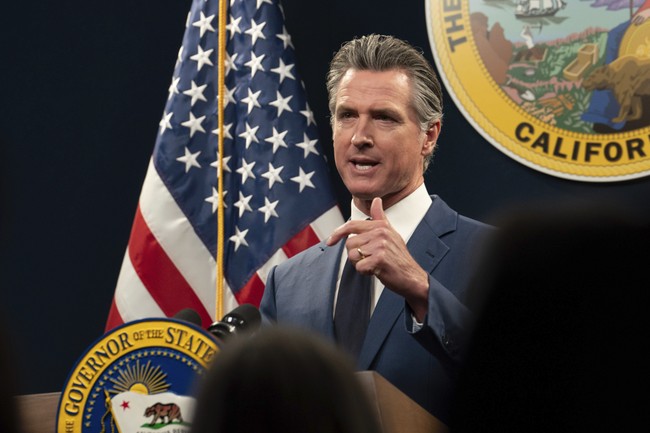US Defense Secretary Austin to Undergo Medical Procedure
US Defense Secretary Lloyd Austin will temporarily transfer his duties to facilitate a planned medical procedure, raising questions about protocol and transparency.
Published May 26, 2024 - 00:05am

Image recovered from bostonglobe.com
United States Defense Secretary Lloyd Austin is set to undergo a medical procedure at the Walter Reed National Military Medical Center and will temporarily transfer authority to Deputy Secretary Kathleen Hicks during his unavailability, as announced by the Pentagon. The health of the Defense Secretary is a matter of national importance, contributing to the ongoing debate on the protocols for informing the President and Congress about such significant events. Having previously faced criticism for not immediately reporting his cancer diagnosis and subsequent hospitalization, Austin's current procedural plans bring forward the need for clear communication within the top levels of the government.
Officials have stressed that the upcoming elective and minimally invasive treatment is not related to Austin's earlier prostate cancer diagnosis and is not expected to affect his long-term health prognosis. However, this is not the first time Austin's health has been a concern. Last year, he was hospitalized due to complications following prostate cancer treatment. After another incident where a non-surgical medical issue required attention, there has been a spotlight on the procedures for informing key government figures and the public regarding the health of a high-ranking defense official.
Austin's earlier hospitalizations, along with a bladder issue treated under anesthesia, have brought forth apologies for the oversight in communication and raised discussions about the necessity for contingency plans within the Defense Department. The Pentagon has assured that on this occasion, both the White House and Congress have been duly informed about the impending hospitalization. These events underscore the importance of transparency and protocol adherence in national security and leadership roles.
The upcoming medical procedure for Secretary Austin comes at a time when national security is in the spotlight, amid global tensions and a shifting geopolitical landscape. As the leader of the Department of Defense, Austin's ability to perform his duties is crucial, and his brief stepping aside has highlighted the seamless transition protocols within the U.S. defense hierarchy. Deputy Secretary Kathleen Hicks, who will be assuming Austin's responsibilities temporarily, has had a longstanding career in defense and national security, suggesting that the Pentagon has robust mechanisms in place for such eventualities.
Transparency around the health of public figures, particularly those in sensitive security positions, has become increasingly essential in maintaining public trust. The Pentagon's clear communication regarding Austin's procedure points to an effort to uphold that trust. The revelation about Austin's health and the clear designation of his temporary replacement also reflect an understanding of the importance of stable leadership continuity for defense operations and policy implementation.
This instance also raises attention to the Defense Department's protocols when dealing with top officials' health crises. Questions about who should be informed and the timing of such notifications are not purely bureaucratic concerns but touch on broader themes of governance, readiness, and civilian oversight. The Defense Department, in coordinating closely with the White House and legislative leaders, is demonstrating its commitment to these democratic principles.
As Austin prepares for his medical leave, the focus on his privacy and wellbeing will be balanced against the public's interest and the nation's need for steady military guidance. The support Austin has received from colleagues and policymakers alike indicates a bipartisan understanding of the significance of his role and a collective wish for his swift recovery.
Upon his return, Secretary Austin is expected to continue leading the Department of Defense through a challenging period marked by ongoing operations, budget negotiations, and efforts to modernize America's military. His leadership, characterized by experience and a steady hand, will remain pivotal as the U.S. navigates a complex and unpredictable security environment.
The health and availability of the Defense Secretary have ramifications across military ranks and could influence morale among service members. As such, the military community will be keeping a close eye on these developments, looking for reassurance that their leadership is not just intact but transparent and accountable. Austin's procedure and temporary transfer of power may be routine and well-managed, but they serve as a reminder of the personal strains borne by those who carry the highest responsibilities of national defense.
In conclusion, as Secretary Austin undergoes his medical procedure and Deputy Secretary Hicks steps in, the nation is offered a glimpse into the machinery of government continuity and the weighty considerations that come with maintaining the health and security of its leaders. The Pentagon's handling of this situation, by stoutly observing procedure and ensuring communication at all levels, reinforces the core operational tenets that guide America's defense establishment through every scenario.






